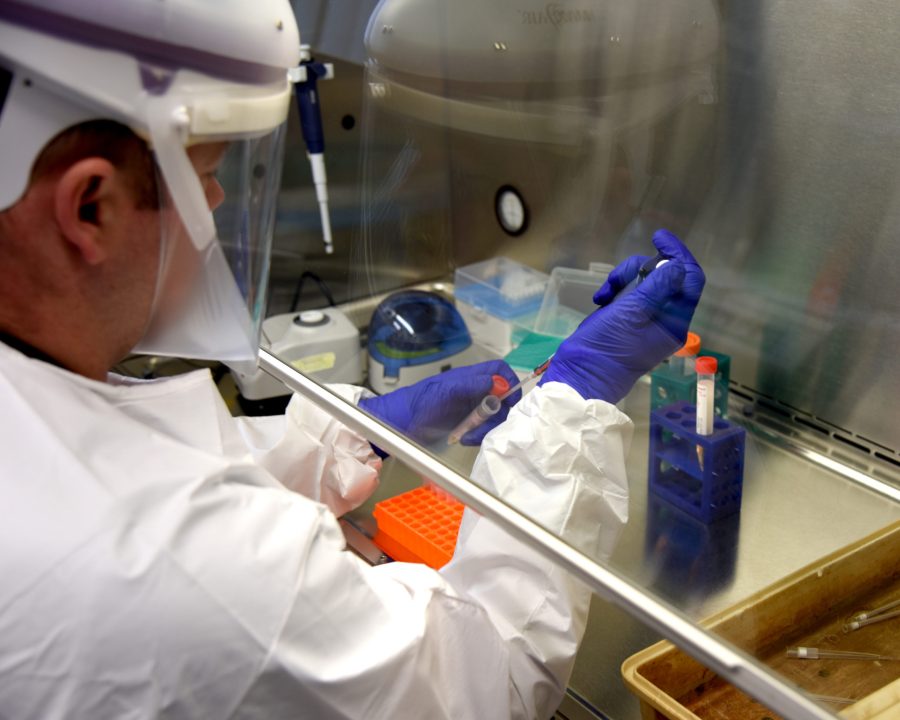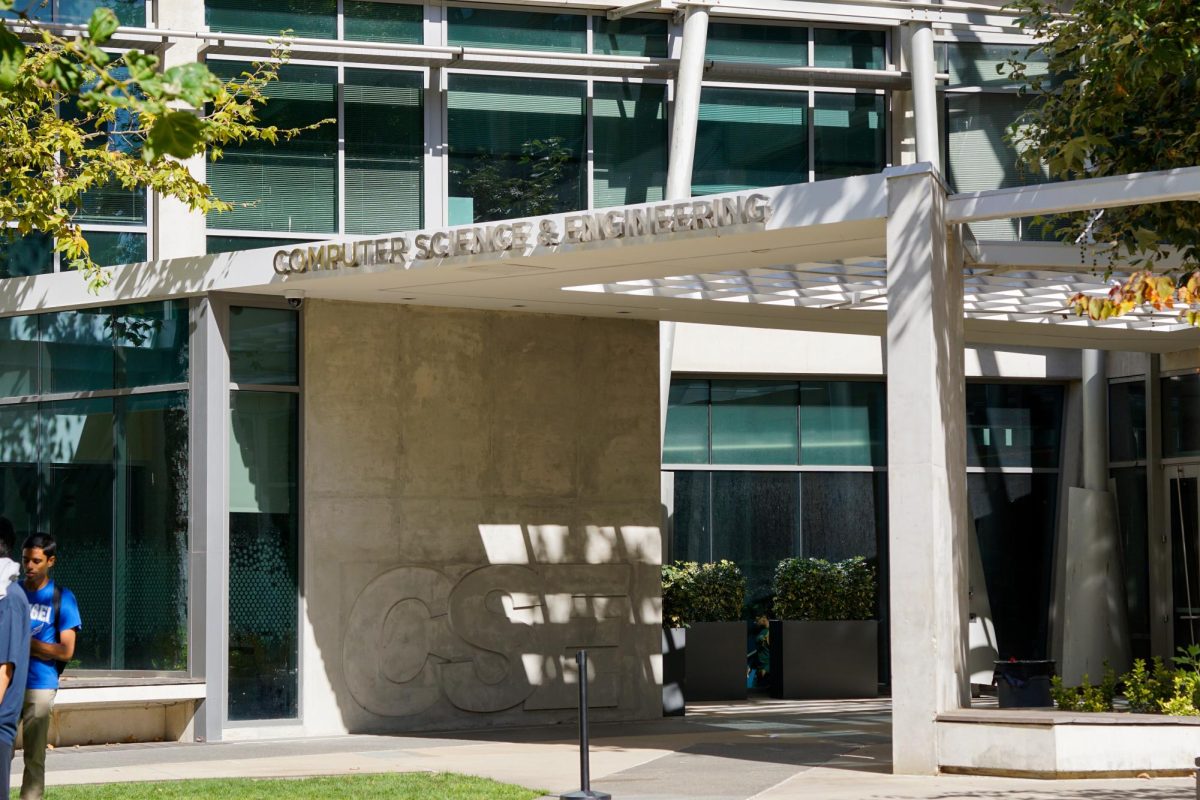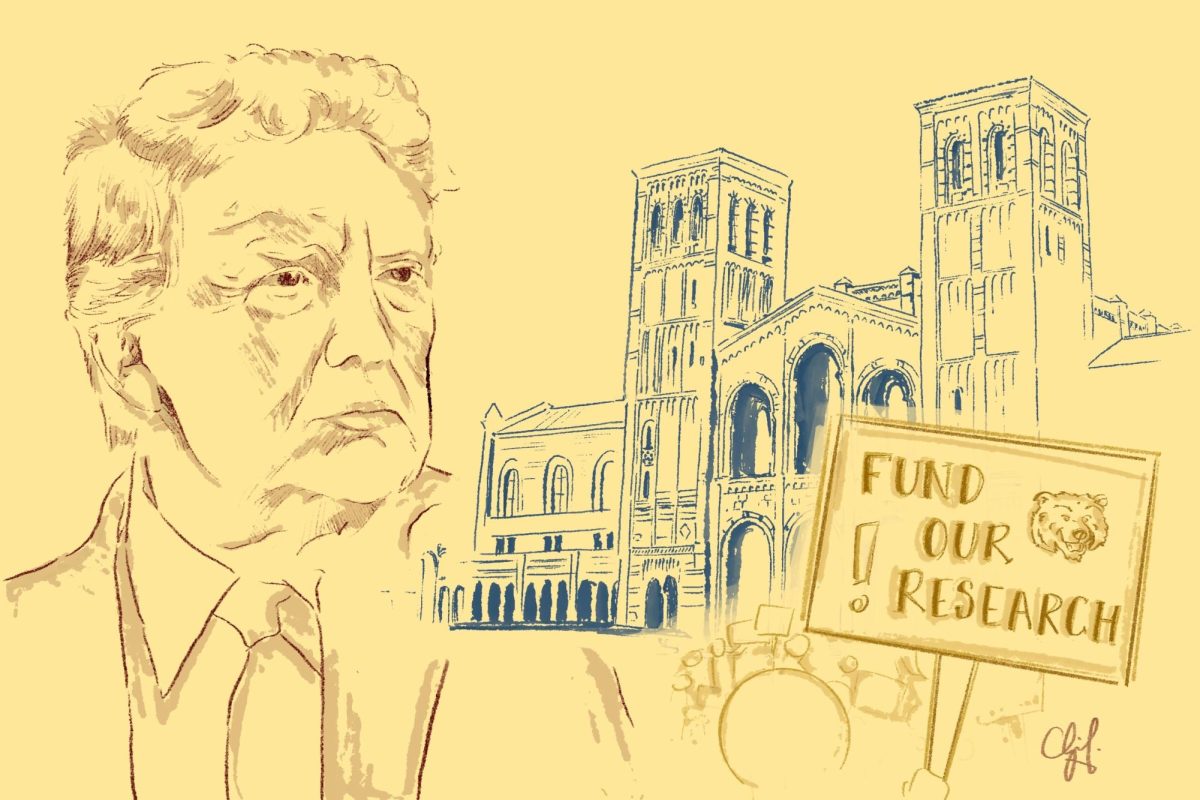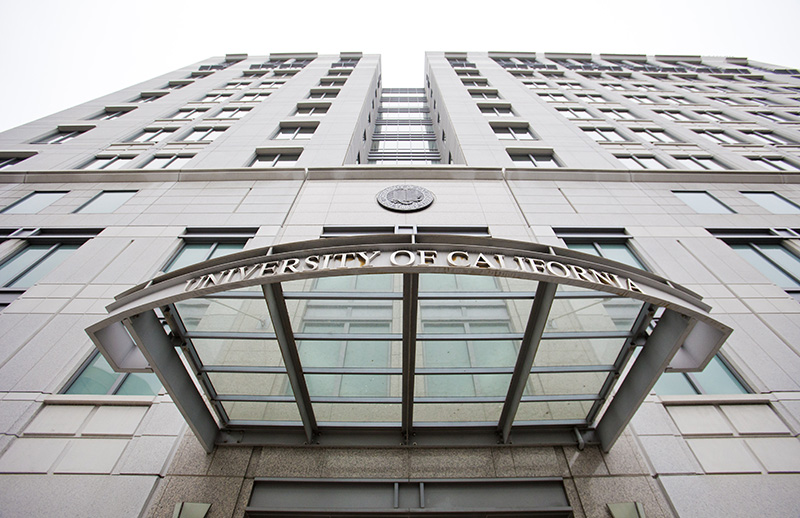Graduate researchers at UC San Diego have developed a new system of SARS-CoV-2 detection, which can identify the presence of the virus in as soon as an hour after testing. The research, which has been published in the ACS Sensors scientific journal, envisions that the new rapid diagnostic tools will be usable both in one’s home and in high-capacity locations such as airports.
The sensitive enzymatic nucleic acid sequence reporter (SENSR) detection system is unique because it targets the mRNA sequence of SARS-CoV-2 in a two-step process. Researchers begin by “photocopying” the molecules collected within a patient’s sample using a process called an isothermal preamplification reaction. This produces many DNA fragments called amplicons that have many guide-RNA (gRNA) target sites.
After the amplicons have been produced, they are split apart into double-stranded DNA (dsDNA) and single-stranded infectious RNA (ssRNA). The ssRNA is then isolated and analyzed via a method called fluorescence or lateral flow readouts to look for the presence of SARS-CoV-2 genomic sequences.
“Basically, this technology is a method for us to take a sample from a patient and then try to detect the presence of SARS coronavirus specifically,” said paper coauthor Dan Brogan in an interview with The UCSD Guardian. “We do this by initially amplifying the amount of SARS-CoV-2 to that seen in there and then detecting it by using a CRISPR enzyme, and this CRISPR enzyme recognizes the target.”
Clustered regularly interspaced short palindromic repeats (CRISPR) technology is one of the progenitors of the SENSR system and focuses specifically on timely detection of pathogens by identifying genetic sequences in their DNA or RNA. Currently, many human pathogens are detected using a method known as real-time polymerase chain reaction (PCR). PCR is performed by repeatedly raising and lowering the temperature of a sample to help an added DNA replication enzyme copy the target DNA’s sequence.
This method is highly accurate and sensitive, as many copies of the target’s genome can be produced within a few hours. But it is time-consuming and requires specialized equipment specifically found in laboratories and healthcare facilities. Thus, the use of PCR is limited to laboratory or hospital settings.
The research team envisions SENSR becoming integrated in locations such as airports so that passengers can quickly determine whether they might be carrying a virus through a briefly obtained and analyzed sample. The UCSD researchers note that further development of alternative isothermal amplification methods could allow for SENSR to have multiple molecular applications in mitigating future outbreaks.
UCSD Biological Sciences Professor and senior paper author Omar Akbari envisions SENSR becoming important in locations such as airports so that passengers can quickly determine whether they might be carrying SARS-CoV-2.
“We need to keep innovating in the detect-and-protect arena to come up with more tools so when there is another pandemic, we will have scalable point-of-care diagnostics systems in place for rapid distribution,” Akbari said.
The ACS Sensors paper published brought together a mix of UCSD graduate students, postdoctoral scholars, project scientists, project scientists, and faculty members. This includes but isn’t limited to: Daniel Brogan, Duverney Chaverra-Rodriguez, Calvin Lin, Andrea Smidler, Ting Yang, Lenissa Alcantara, Junru Liu, Robyn Raban, Pedro Belda-Ferre, Rob Knight, Elizabeth Komives, Omar Akbari, and Igor Antoshechkin of CalTech.
More information on co-authors and contributors to this paper can be found online via Dr. Akbari’s website “The Akbari Lab.” Undergraduates with previous experience in genetics, biochemistry, molecular biology, cell biology, or computational biology are invited to apply for the lab through Port Triton and a minimum commitment of 20 hours per week, spanning two semesters and a summer. When undergraduate positions are made available, the link to the UCSD Port Triton website will go live; it is not live as of the publication of this piece.














James • Dec 28, 2021 at 3:50 am
Thank you for keeping us updated on the latest developments. In fact, it is wonderful that we can now more and more qualitatively determine the presence of a virus in the human body. This is a huge step forward, as it seems to me, and this cannot but rejoice. It seems to me that over the past few years, science has just made a big breakthrough in the field of medicine and virology in particular. This proves once again that we are capable of more and we still have a lot to strive for. I am glad that I am living at a time when such discoveries are taking place.
https://edocbd.com/product/cbd-gum-10mg-pure-cbd-in-each-piece/
Benjamin • Nov 29, 2021 at 9:05 am
Many companies are now developing new products or simply supplements to improve health. I already know several new brands using https://www.privatelabelexpress.com/bulk-supplement-manufacturer/ to launch their product
Elisa • Nov 28, 2021 at 10:14 pm
I read in the article https://engre.co/news/articles/the-phenomenon-of-technological-singularity/ and about other discoveries in the field of pharmaceuticals. Seisas people fight Covid, but don’t forget to develop other things as well
Ronald Ruiz • Nov 22, 2021 at 7:16 pm
Go UCSD! Interesting article, thank you!!